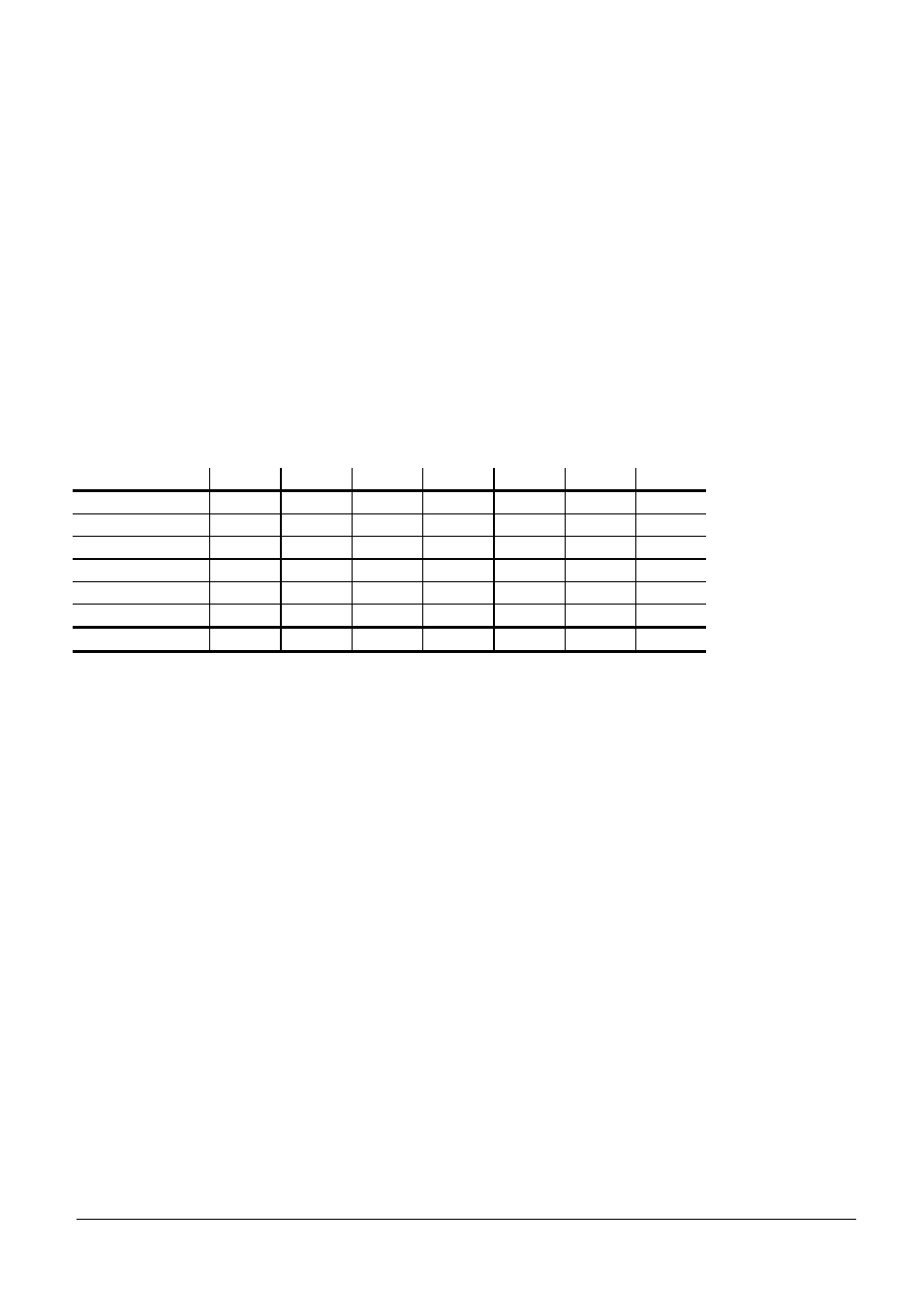HEIDENHAIN TNC 335 Technical Manual User Manual
Page 525

8-18
TNC 360
2 TNC data interfaces
8/95
When a file is transferred, the first block, called the "header", is sent. It consists of the following
characters:
The header contains 'H' - the code for the program (see Section "Saving/reading files"), 'Name' - the
program name and 'M' - the transmission mode(E=input/A=output).
This header ends with character
The subsequent BCC (Block Check Character) provides additional confidence.
In addition to the parity check of the individual characters (see Section "Checking data"), a parity
check is carried out on a complete transmitted block. The BCC always supplements the individual
bits of the transmitted characters of a data transfer block to give even parity.
Example for formation of BCC:
Character
Bit 6
Bit 5
Bit 4
Bit 3
Bit 2
Bit 1
Bit 0
SOH
0
0
0
0
0
0
1
H
1
0
0
1
0
0
0
1
0
1
1
0
0
0
1
5
0
1
1
0
1
0
1
E
1
0
0
0
1
0
1
ETB
0
0
1
0
1
1
1
BCC
0
0
1
1
1
1
1
In this example, the HEIDENHAIN dialog (code 'H') has been used to write program '15' which is
read in via the data interface ('E'). A parity bit is also formed for the BCC (with even parity, the parity
bit of the BCC in this example is given a value '1').
The character
explicitly to demand a reply from them in order to start transfer again.
At the end of each block, a check is conducted to see whether the block has been correctly
transferred. To do this, the receiver forms a BCC from the received block and compares it with the
received BCC. If the received and calculated BCCs are identical, the receiver sends character
